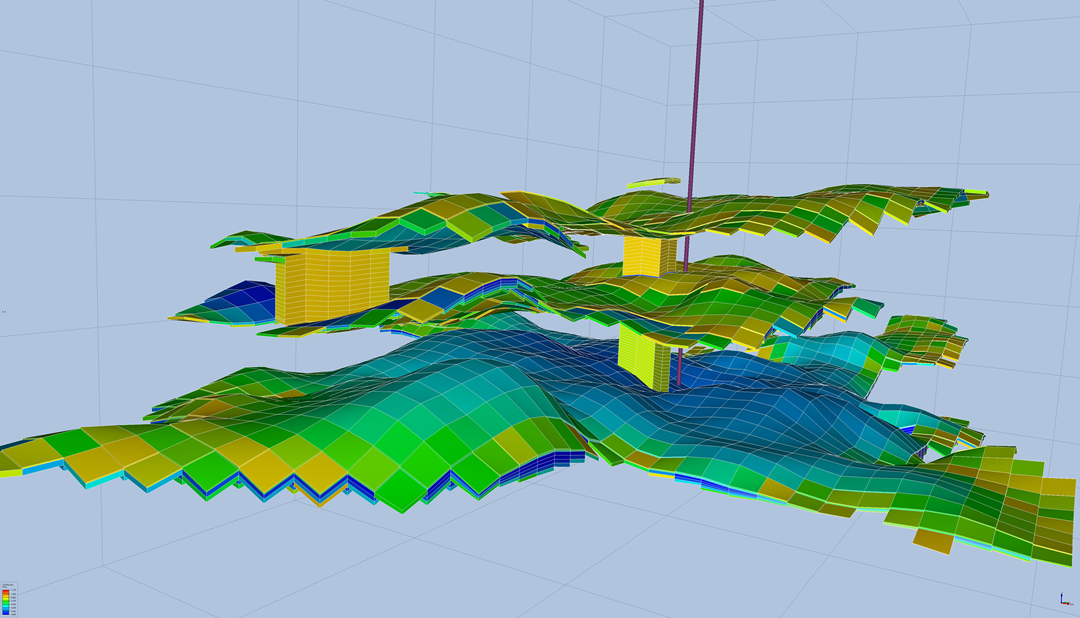Large subsurface aquifers with saline water are among the most suitable places to store CO2 underground: they have little other economic value as they neither contain freshwater nor hydrocarbon resources. One example is the Sleipner site in the Utsira formation off the coast of Norway, where CO2 resulting from nearby oil and gas activities has been injected for more than 20 years at a rate of approximate 1 million tonnes per year, corresponding to about 2 % of Norwegian emissions. For studying, planning and understanding long-term effects of storing CO2 in the underground, numerical simulations are essential.
Storing CO2 in quantities that meaningfully combat climate change requires operations at scales several orders of magnitude larger than Sleipner. Simulation and analysis of injecting billions of tonnes of CO2 at the regional scale, with potential impacts reaching thousand years into the future, poses computational requirements that surpass the capabilities of today’s commercial tools. Successful development of large-scale simulators able to tackle these types of problems by efficient use of emerging HPC capabilities will therefore be key to enabling safe CO2 storage at the scales necessary.
SINTEF is responsible for the Energy and Carbon Sequestration pilot within ACROSS. The main objectives of this activity are:
- Transform the open-source subsurface simulator OPM Flow towards becoming a strong HPC-ready tool for simulating large-scale CO2 storage scenarios by enhancing scalability and performance of numerical solvers and I/O.
- Achieve robust adaptive simulation on geo-models extracted automatically from seismic data.
- Perform in-situ (real-time) analysis and visualization workflows on simulation results from large cases and ensembles.
- Defining new workflows for analysis and assessment of reservoirs that are supported by machine learning and artificial intelligence tools.





